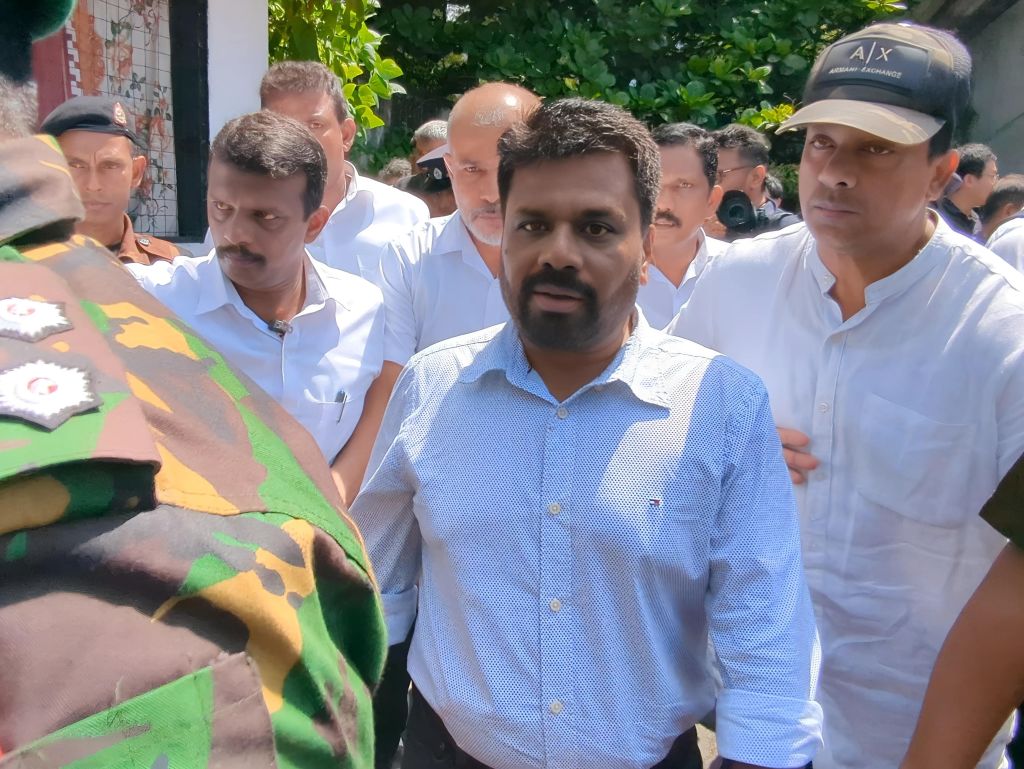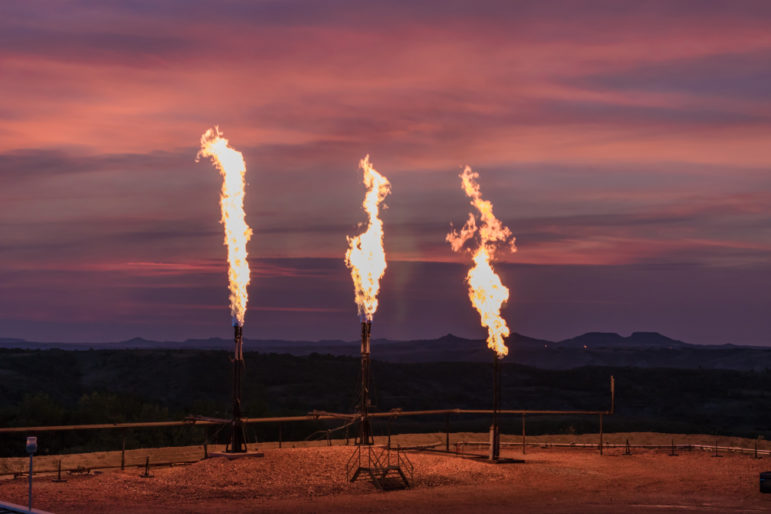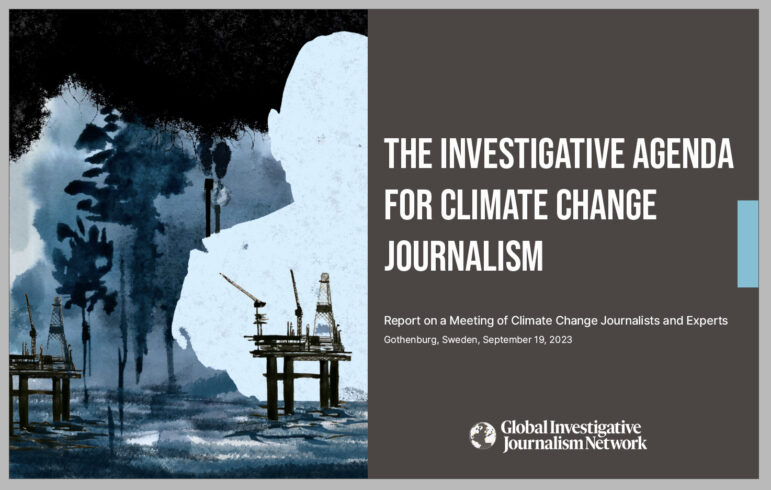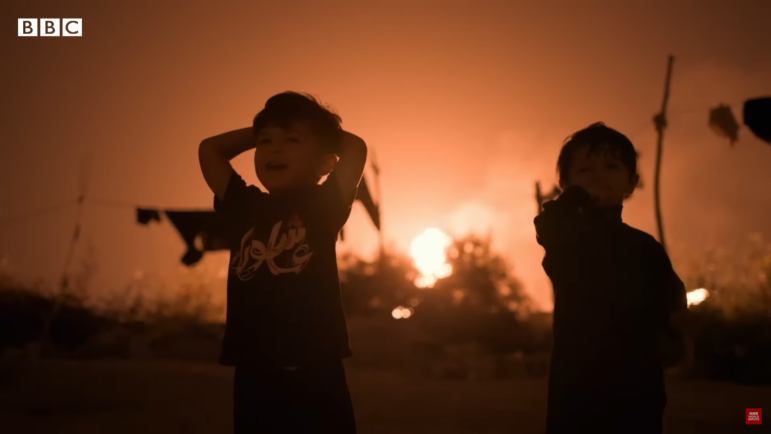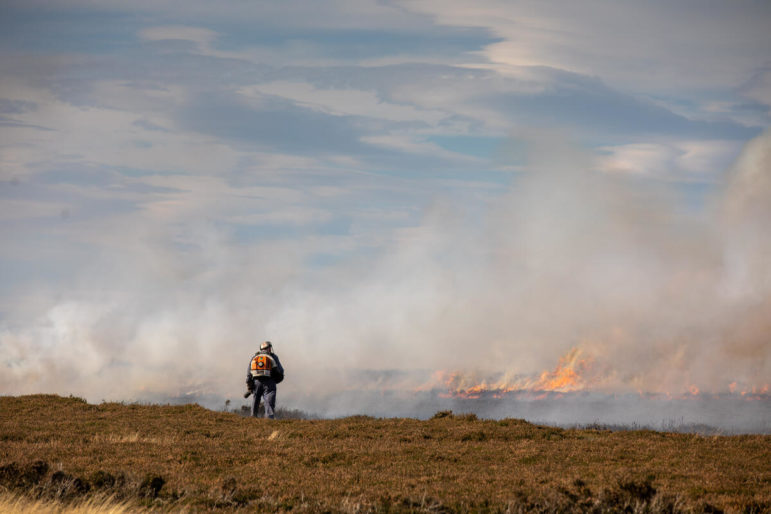Africa: The 'Forgotten Crops' that Can Save Our Food System

Nairobi, Kenya — Neglected crops are among the underappreciated solutions for alleviating Africa's food and climate crises.
Worldwide, food security is increasingly compromised owing to climate change. From extended droughts to extreme heatwaves, agriculture is being reshaped. Africa is already grappling with widespread famine due to crop failure and low production rates, partly driven by land use and agricultural practice changes, which are even more pronounced now.
As the food and climate crises continue to cause suffering around the globe, neglected crops, also known as orphan and underused species, could be an effective tool in alleviating both crises in Africa.
Yet neglected crops - often overlooked but resilient - could help build a sustainable food system.
indigenous orphan crops historically cultivated by local farmers have good nutritional and medicinal value and thrive in challenging environmental conditions. Neglected crops, such as sorghum, millet, amaranth, eggplant, and kale, are often referred to as "Indigenous", "orphan", or "underutilized" crops. However, over time, they were largely forgotten by farmers, consumers, and policymakers and are now underutilized and overlooked in modern agriculture. Crop Trust, a global organization that works to preserve a wide range of food crops, says that neglected crops can be the key to providing affordable, nutritious diets.
Science, however, has neglected orphan crops, with little to no investment in improving their varieties.
"Orphan crops are important to farmers, consumers, and end users, but receive very little attention from mainstream research and organizations that promote agriculture across Africa," said Enoch Achigan Dako, agronomist and food professor of genetics and plant breeding at the University of Abomey-Calavi in the Republic of Benin. "Yet, they play a significant role in the food system and in managing livelihoods."
"Take, for instance, indigenous fruit trees," said Dako. "There are many, but most of the time, they are not well-researched or documented. We don't even have data or statistics about them for decision-makers to make informed choices about their production, processing, exports, or even local processing to benefit consumers."
Dako said farmers are left behind, as they solely maintain those resources. He said that opportunity crops are crucial in providing food and nutrition security and generating income for farmers, even if sold in small quantities to support their livelihoods.
To explain the neglect, Dako cites one plant in particular - the Bambara groundnut.
"Many people know Bambara groundnuts and they span from Southern Africa to West Africa, and even to Northern Africa in some regions," he said. "Bambara groundnut is very good as a legume crop and offers several nutritional benefits. But how many organizations are processing Bambara groundnut today? How many research institutions are working on Bambara groundnut today? Do we have statistics or data on its local consumption, export, or income generation? The answer is no."
Dako said that it is important to focus on crops such as Bambara groundnut, finger millet, pigeon pea, okra, and amaranthus, as they are vital for livelihoods and food security. "These crops are well adapted to the conditions of the African continent and thrive in the areas where they are grown and promoted," he said.
"With a little effort in improving their genetic resources, developing better cultivars, enhancing agronomic practices, and targeting useful traits, we can quickly increase their potential. These crops are well-suited to withstand the harsh environmental conditions and the impacts of climate change, which bring floods, droughts, and increased salinity. Nature has prepared these crops to stand up to those crises."
Facing the Climate Crisis
"Climate challenges are also contributing to several critical issues. We're witnessing severe droughts, which are often followed by floods, like what we currently see in the Niger-Sahel region, where floods are occupying lands previously untouched by water," Dako said.
"The changing environment poses a significant challenge, and we must pay close attention to how our crop diversity is adapting to these changes."
He added that it becomes clear that many of the staple crops we rely on - like maize, rice, cassava, and even yams in West Africa - are in decline. For example, the staple food for Ugali in Nairobi, Kenya, is being affected.
"As a result, we are losing the potential for growth by around 14% to 17%," Dako said. "At the same time, we've identified many other crops with strong adaptability that could be promoted. So the pressing question today is: Which crops can help us meet the challenges of today and tomorrow? What can we pass on to future generations?"
"These crops, without a doubt, play an important role in our communities, yet remain neglected. We fail to emphasize the knowledge and research needed to improve them. What makes orphan crops so special? They are well-adapted to the local agricultural environment, deeply embedded in cultural systems, and familiar to the local communities. Furthermore, many of them possess nutraceutical qualities, serving both as food and as remedies for various diseases."
The Future of Crop Diversity
Crop diversity creates an agricultural ecosystem that is profitable and resilient to climate change. But there's a worrying trend - crop diversity is shrinking.
"Crop diversity has always been in farming systems. It's us from mainstream research or from development organizations who are bringing monoculture, the practice of growing only one crop," said Dako. Farmers and indigenous people are used to diversifying their production systems. They increase the number of species or crops they grow, not only for the beauty of doing it, but to sustain their livelihood, to have at least a harvest from each crop, and to increase the diversity and sources of nutrients they use for food and nutrition.
"We, from the major organizations, should re-enrich the production system, increase the diversity, and stop promoting monoculture where it shouldn't be," he said. "The next part of the question is... What steps are needed to protect it?"
We need to increase awareness and support what our farmers are already doing. Increase capacity, teach more, and share more skills," said Dako. "Importantly, we have to mobilize our government to input orphan crops into the agenda and save resources for the promotion, cultivation, production, commercialization, and consumption of those crops. If the interest of our government is not refocused on those crops, we will walk in vain."
Orphan Crops in Gene Banks?
In regions that face environmental challenges, orphan crops play a crucial role in gene banks by preserving genetic diversity and improving food security.
"I believe that all orphan crops with seed dormancy behavior should be kept in gene banks," said Dako. If we do not safeguard our orphan crops in gene banks, then the support that we give to major crops will not be expanded to those orphan crops", Dako said.
"Take a crop like finger millet. The genetic diversity available should be kept somewhere, and the best place to keep it is in gene banks," he said. "Besides on-farm conservation, we need to keep them in situ in gene banks for users, breeders, farmers, and seed companies to have access to it and to make good use of the gene plants available."
Hunger continues to be a great concern as over 700 million people are still food insecure across the globe. According to the International Fund for Agricultural Development (IFAD), there are wide implications due to the global reliance on a limited set of food crops. FAO reports that many children in low- and middle-income countries suffer from stunted growth and lack key nutrients. The situation in Africa is particularly dire, where nearly 282 million people on the continent face undernourishment.
Next steps
"I will urge, I will beg our farmers to continue conserving the way they have been doing it before, those crops. It's because they were there keeping those crops that we can still find them today and collect them and save them in gene banks. So if I have advice, I will solicit the understanding that they should continue what they are doing. It's priceless. Nobody is paying them for that. Nobody is giving them money to keep genetic resources in their field. They are doing it for the sake of humanity," said Dako.
Dako said he wanted the media to draw attention to the funding, development, and research of those orphan opportunity crops, since if we increase the potential of these crops, it will benefit both the government and everyone.
"I want the decision makers to be keen on generating data, producing statistics that can help everyone to make decisions. If we continue pulling all those crops that we don't have information about if we continue pulling them in a category called 'others,' then we will not survive the thing," he said.
"We need to change our approach. We need to change the paradigm. An economic or market approach is very important to promote orphan crops. We can't do that without clear regulation, without support from official institutions, universities, and research institutions. Without good research, there is no economic growth for any country."








